Ever wondered why countries choose specific birds to represent their entire nation? Whether you’re celebrating World Wildlife Day or just curious about cultural symbols, you’re about to discover something brilliant – national birds aren’t just random wildlife choices, they’re cultural gold mines that reveal incredible insights about every destination!
March 3rd might be the official day to celebrate wildlife globally, but discovering national birds adds meaning to travel all year round.
From England’s cheeky robins that’ll hop right up to you in Hyde Park to Spain’s incredibly rare imperial eagles, these feathered ambassadors tell stories that most tourists completely miss. We’re talking about living symbols that have shaped cultures for centuries, whether they’re officially designated or cherished cultural icons.
The best part? Spotting these birds costs absolutely nothing, but adds layers of meaning to your travels that money can’t buy. Ready to become a proper cultural detective?
Discover the world’s most fascinating national birds (and where to find them!)
We’re taking you on an incredible feathered journey around the globe, where every destination reveals its soul through its magnificent national bird! Up first, Europe’s feathered celebrities.
European Robin – England’s unshakeable optimist
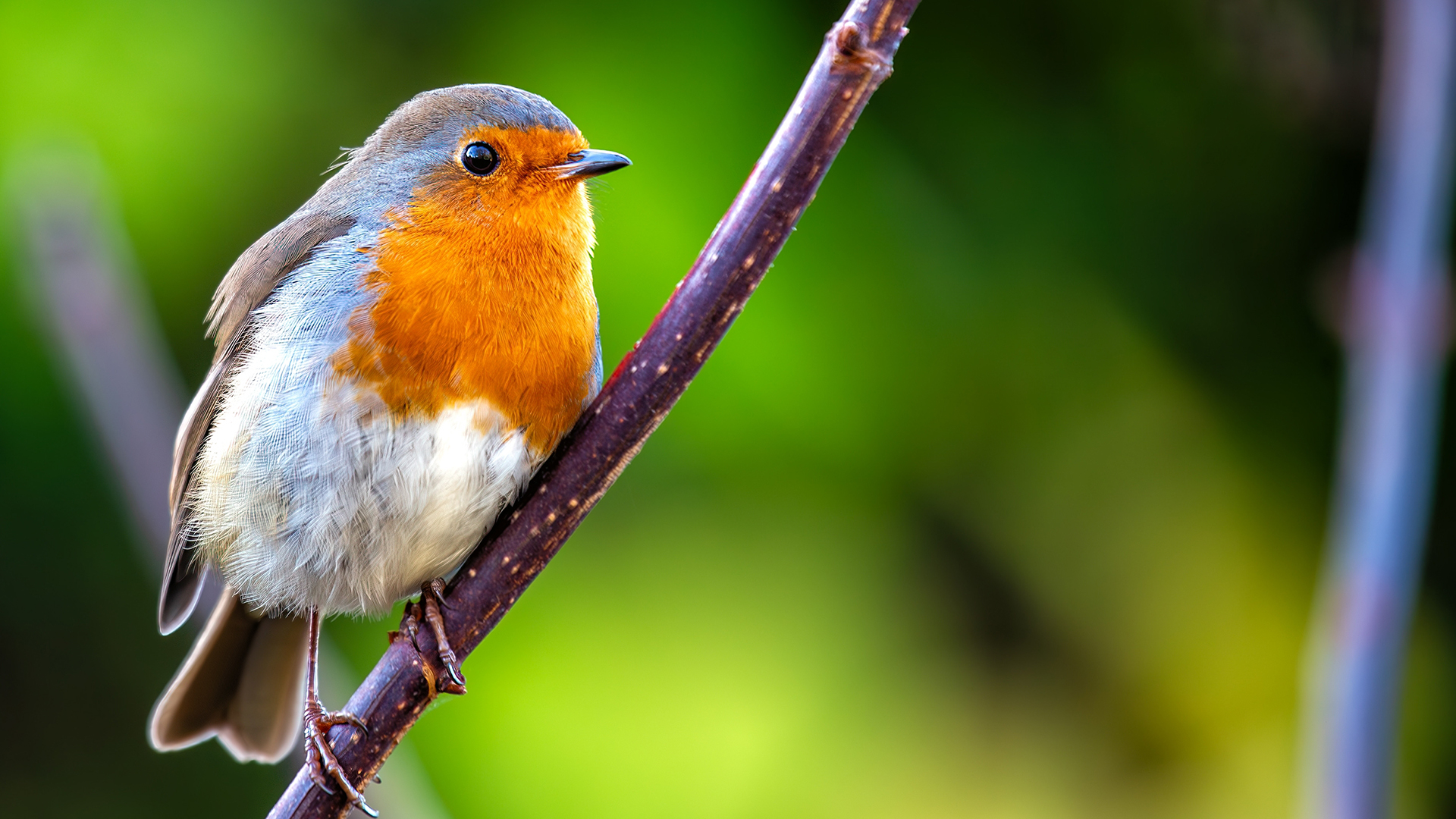
Related: Discover Britain’s quirkiest traditions to learn more about English culture!
These little red-breasted legends are everywhere in England, and they’re absolutely fearless! Unlike every other bird on the planet, English robins will actually hop towards you rather than away. They’re so confident they’ll follow gardeners around waiting for worms to be dug up.
Why They Matter: These birds have been England’s beloved mascots for centuries, voted the nation’s favourite bird multiple times. They’re on Christmas cards, in Shakespeare, and in folklore as symbols of hope and renewal.
Where You’ll Meet Them: Literally everywhere, London parks, countryside walks, your B&B garden. They own the town!
Cultural Insider Tip: If a robin follows you around, locals say it’s good luck. Some even believe they carry messages from loved ones.
Golden Eagle – Scotland’s Sky King
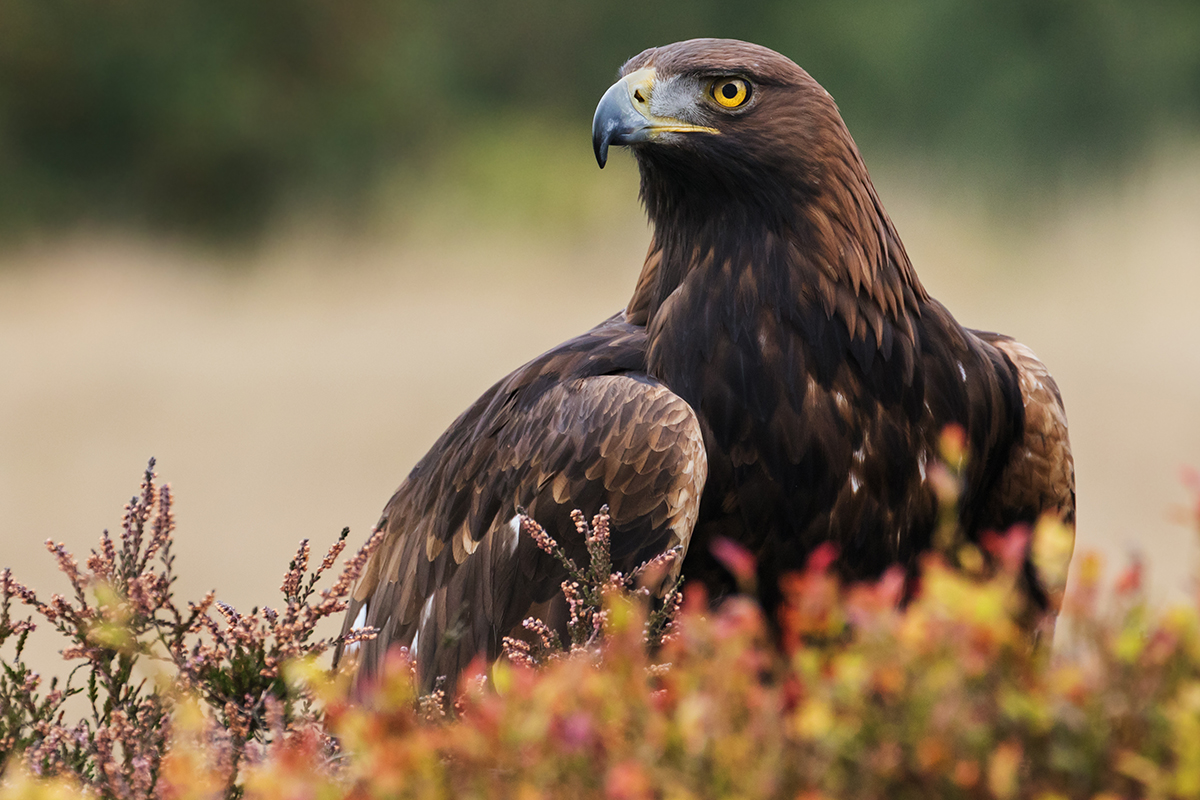
Related: Find out all about Scotland’s annual events & festivals that are not to be missed!
Scotland’s national bird is an absolute unit! We’re talking 7-foot wingspans soaring over the Highlands like something from a fantasy film. These magnificent predators have ruled Scottish skies for millennia.
The Real Deal: Seeing one is genuinely breathtaking. They’re not just big birds, they’re symbols of everything wild and free about Scotland.
Best Bet for Spotting: Scottish Highlands in spring, especially around Mull and Skye. Local guides know the best spots.
Cultural Connection: These eagles appear in Scottish clan crests and have been symbols of Highland independence for centuries.
Gallic Rooster – France’s Fighting Spirit
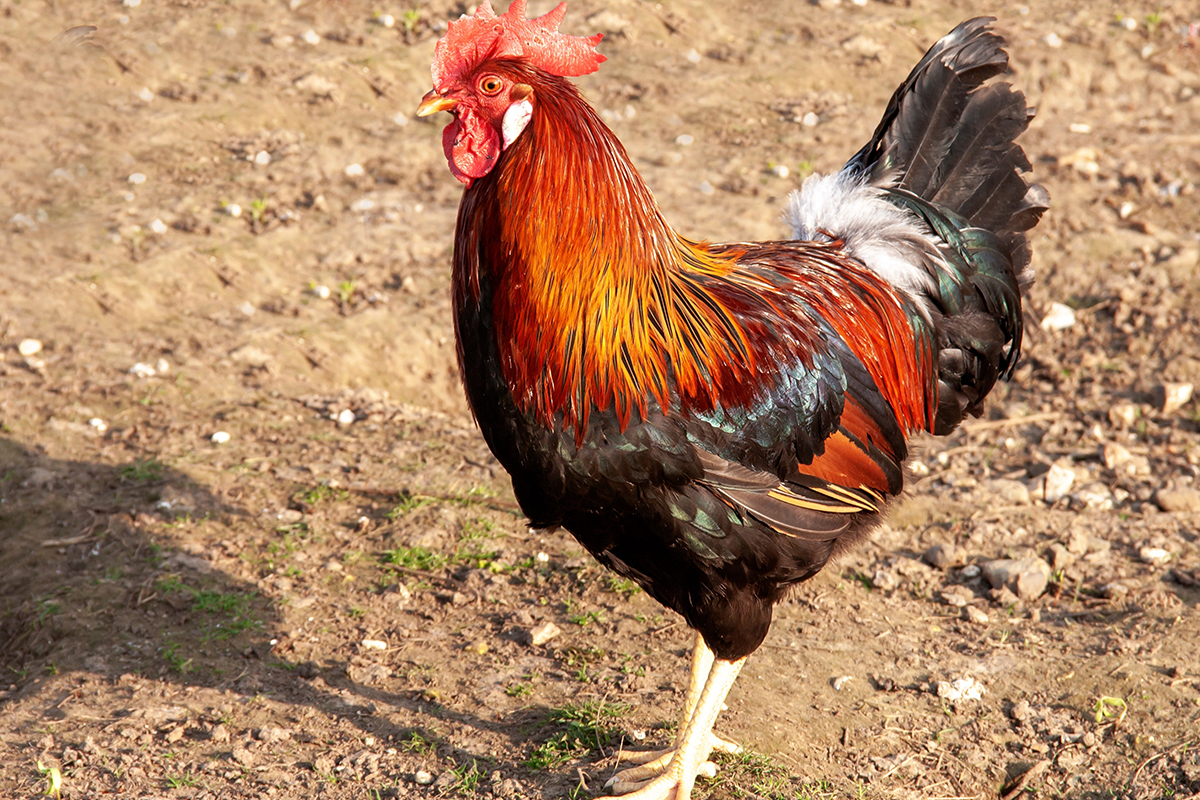
Related: Discover the top wine regions in France that will pair perfectly with some birdwatching!
France’s symbolic bird isn’t actually a wild bird you’ll spot in forests, it’s a cultural icon that’s absolutely everywhere once you know what to look for! This rooster represents everything the French value: courage, pride, and a bit of attitude.
Treasure Hunt: Start counting – you’ll find Gallic Roosters on sports jerseys, coins, government buildings, and monuments throughout France.
Historical Heavyweight: This symbol has represented French resistance and fighting spirit since Roman times, becoming especially important during the Revolution.
Cultural Significance: The rooster crows at dawn, symbolising France’s role in “awakening” the world to liberty and enlightenment.
Kestrel – Belgium’s Tiny Titan
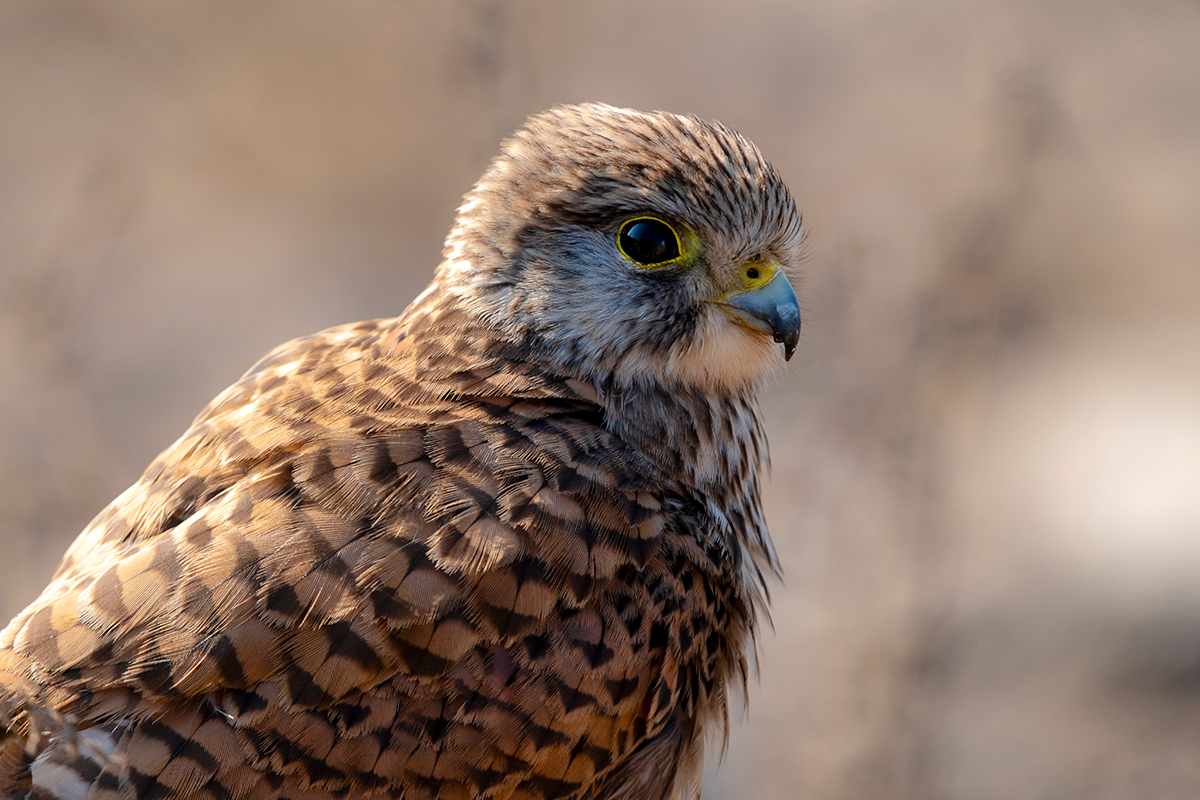
Related: Explore the best things to do around Belgium (when you’re not birdwatching!).
Belgium chose one of Europe’s smallest birds of prey, and there’s something rather charming about that! These compact hunters are famous for their incredible hovering abilities – they can literally freeze in mid-air while hunting.
Nature’s Helicopter: Watch the countryside around Belgian cities and you’ll see these remarkable birds hovering like feathered drones before diving for prey.
National Character: Rather like Belgium itself – small but mighty, and brilliantly adapted to thrive between much larger neighbours.
Spotting Success: They’re actually quite common and easier to see than you’d think, especially in rural areas.
Little Owl – Greece’s Wise Companion
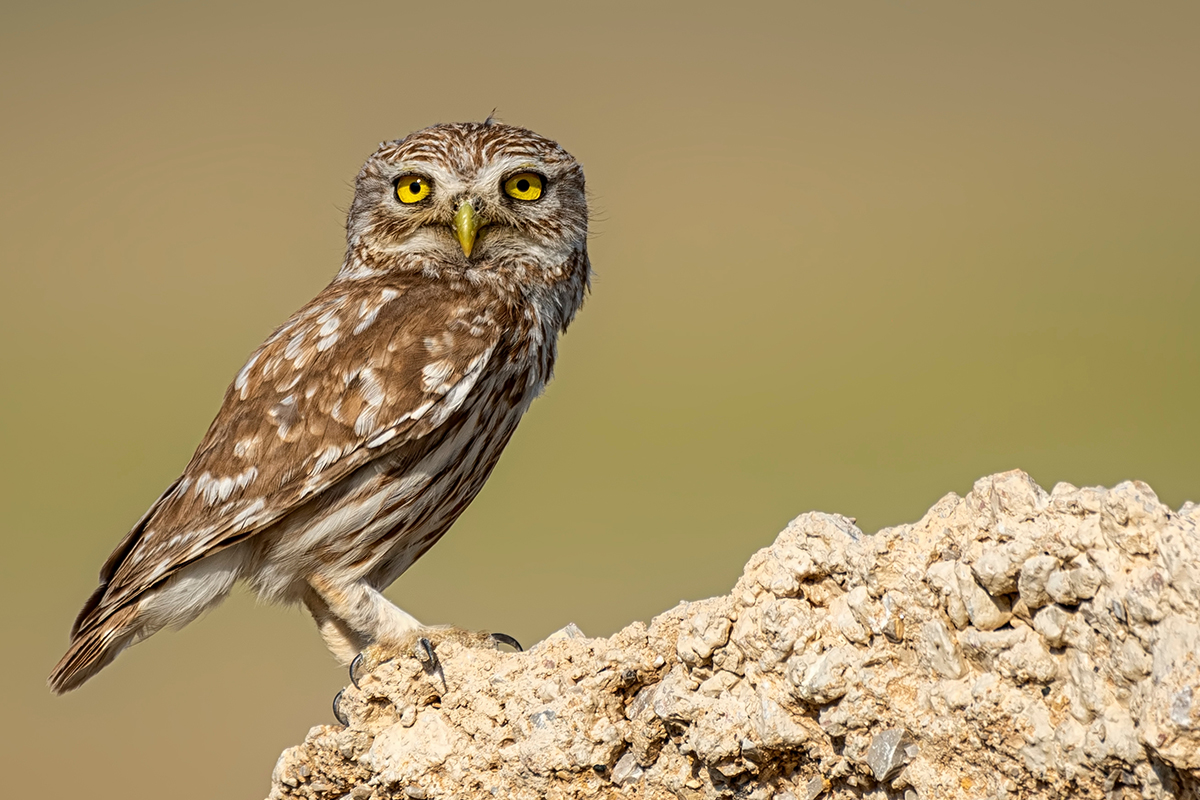
Related: Tuck into these Greek dishes and drinks worthy of any world traveller!
Greece’s national bird connects directly to ancient mythology – these adorable big-eyed creatures were sacred to Athena, goddess of wisdom. It’s a choice that shows Greece’s deep pride in its classical heritage.
Ancient Street Cred: These owls were considered omens of victory in ancient Athens. Athenian coins featured them for centuries.
Perfect Spots: Look around olive groves and ancient ruins – they love perching on old stone walls. It’s like they know they’re part of Greece’s story!
Cultural Continuity: The Little Owl represents the unbroken thread between ancient Greek civilisation and modern Greece.
Lapwing – Ireland’s Emerald Rarity
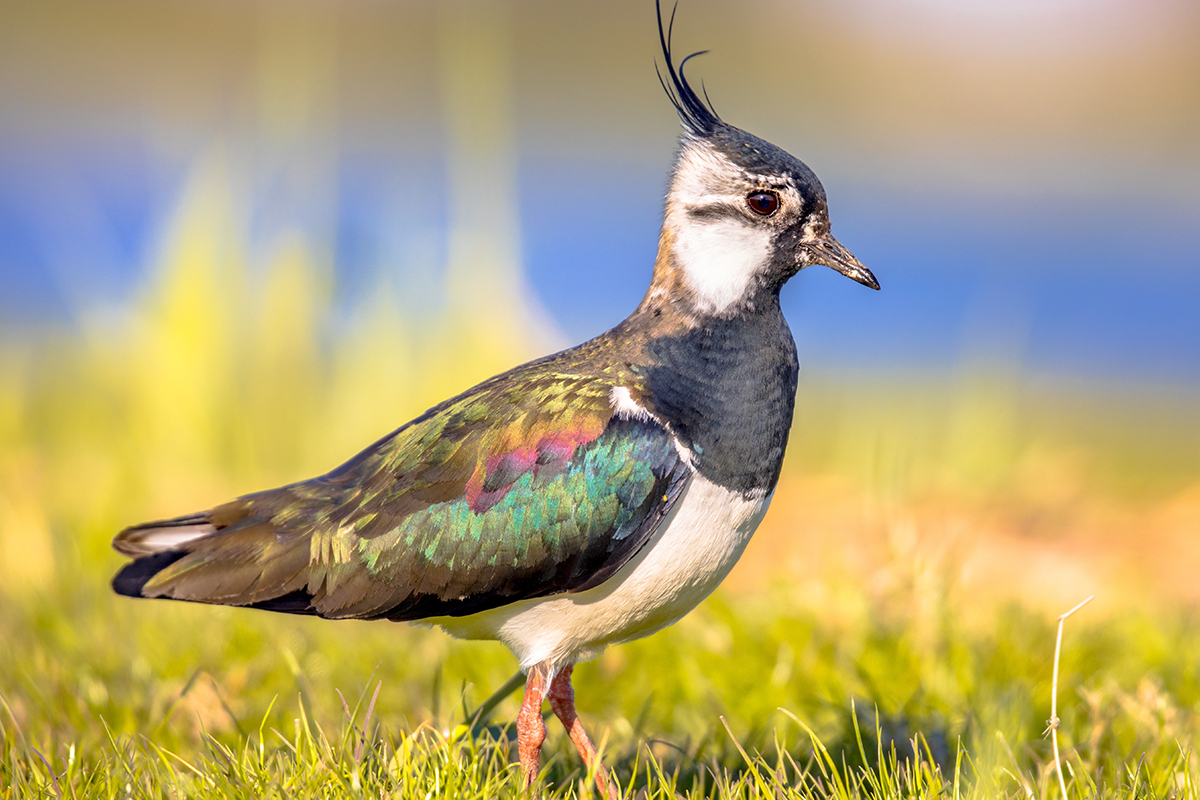
Related: Ready for a life changing Festive tour of the UK & Ireland? Find out more.
Ireland’s national bird is becoming increasingly rare, making every sighting genuinely special. These distinctive black-and-white birds with their dramatic crests are like living treasures of the Irish countryside.
Conservation Reality: World Wildlife Day highlights conservation challenges facing species like Ireland’s Lapwing. They’re red-listed due to habitat loss, so spotting one is like finding a four-leaf clover.
Cultural Heritage: Featured in Irish poetry and folklore as symbols of the wild Irish landscape.
Emotional Connection: Many Irish people have never seen their national bird, making conservation efforts deeply personal.
White Stork – Lithuania’s Herald of Good Fortune
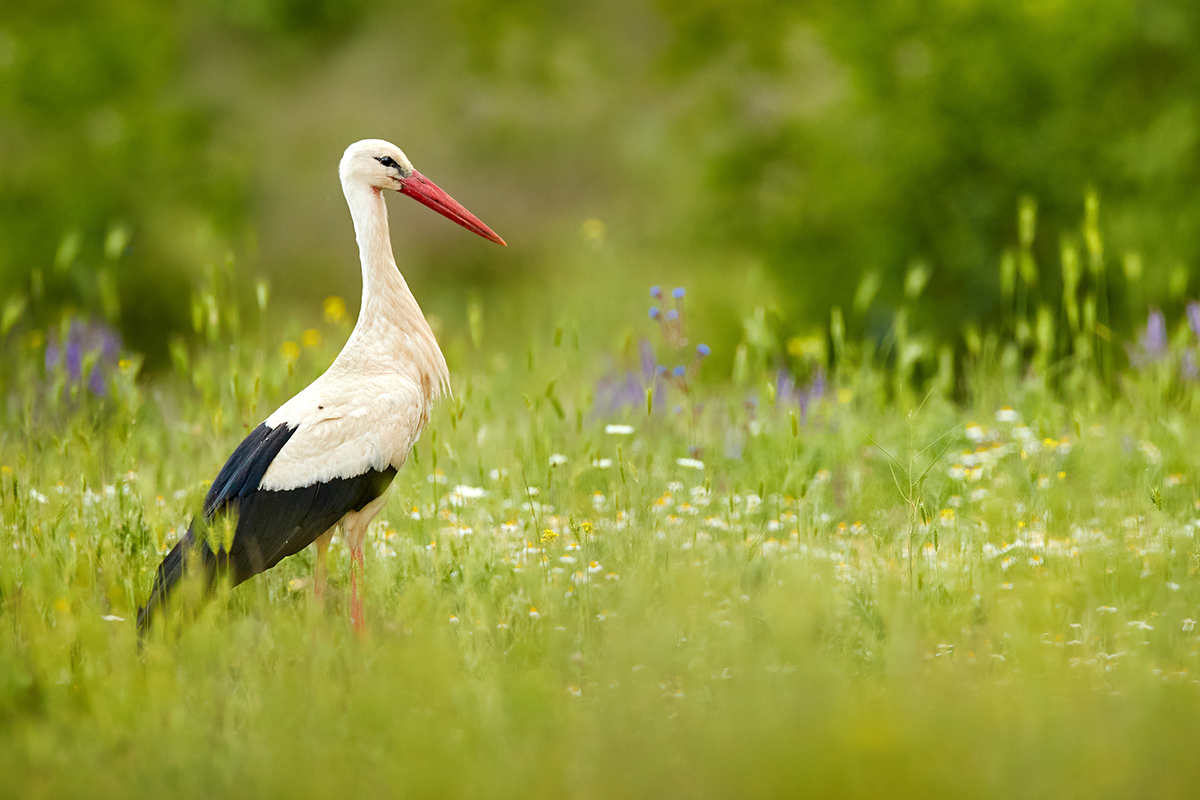
Related: You’ve got to take a snack break some time! Get your fill Lithuanian cuisine in this comprehensive guide!
Lithuania’s national bird is a magnificent symbol of family, prosperity, and renewal! These majestic white birds with their distinctive black wing tips have been Lithuania’s official feathered ambassador since 1973, representing everything Lithuanians value about home and harmony.
Sacred Arrivals: When a stork arrives at a Lithuanian home, it’s genuinely cause for celebration. The traditional phrase “Gandras atnešė broliuką!” (“The stork brought a brother!”) is still heard when announcing new babies.
Family Fortune: Lithuanian villages still place wagon wheels or platforms on their roofs, hoping a stork family will choose their home for nesting. Having storks nest on your property is considered the ultimate blessing for family harmony.
Impressive Birds: Standing 3-4 feet tall with wingspans reaching 7 feet, these aren’t birds you’ll miss when they gracefully glide across the Lithuanian countryside on their journey between Europe and Africa.
Black-tailed Godwit – Netherlands’ Wetland Wonder
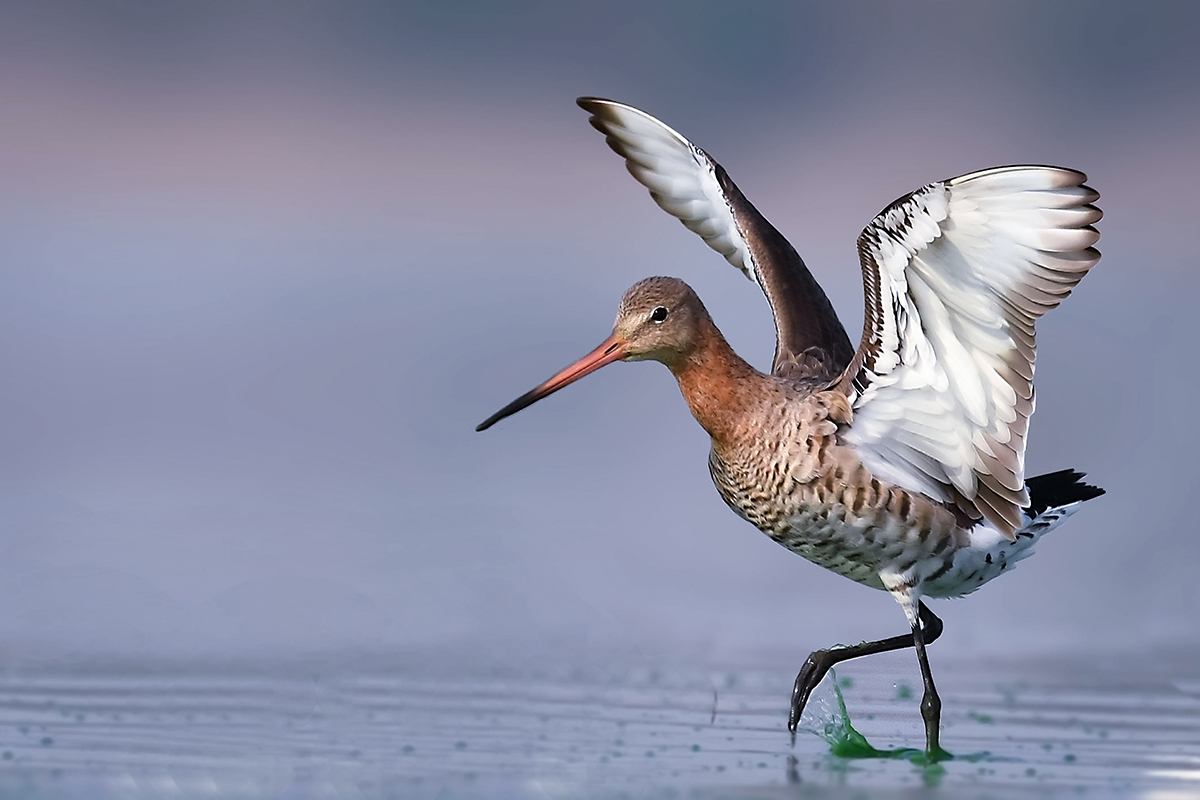
Related: Discover the top reasons to visit Amsterdam!
The Netherlands chose a bird that perfectly represents their unique relationship with water. These elegant wading birds with impossibly long legs and bills are masters of the Dutch wetlands.
Seasonal Transformation: In breeding season, they transform from grey-brown to stunning orange-brown – nature’s own makeover!
Perfect Habitat: The Netherlands’ famous polders and wetlands are ideal for these birds.
National Pride: Represents Dutch expertise in water management and wetland conservation.
Italian Sparrow – Italy’s Distinctive Detail
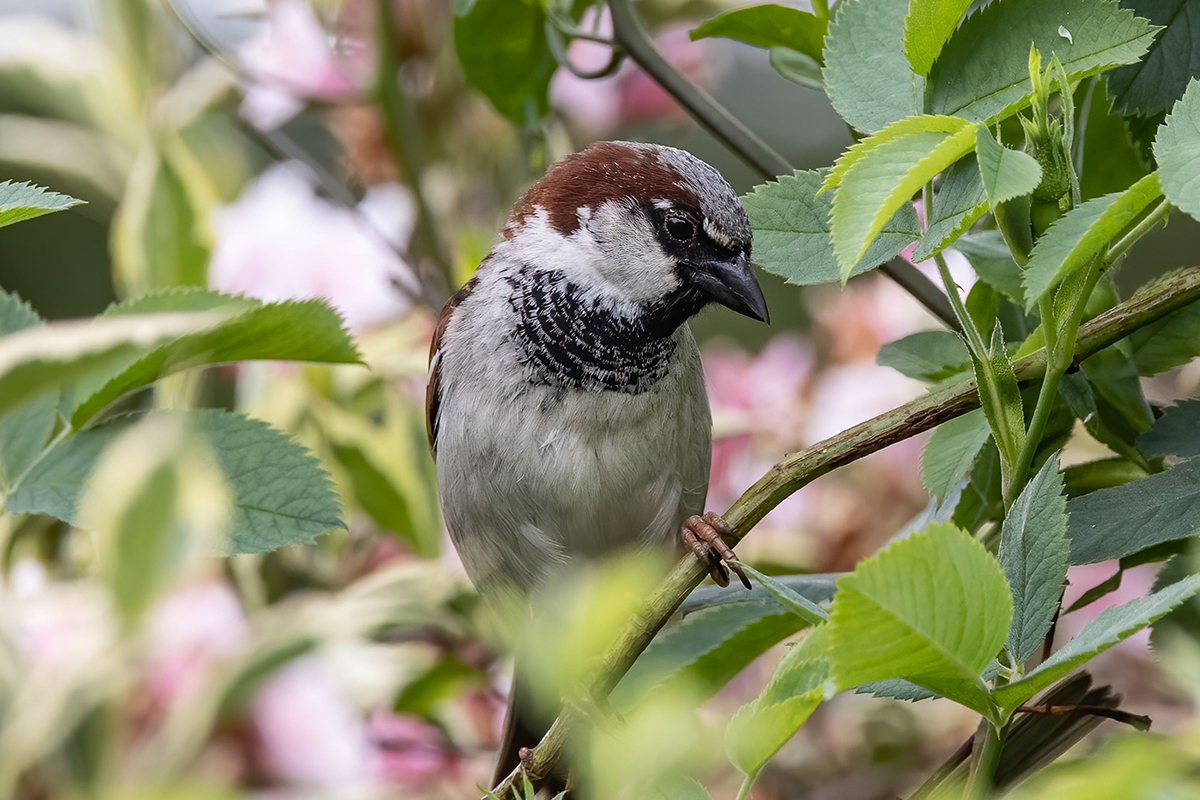
Related: Take a look at some of the best Italian souvenirs!
Italy’s national bird proves that sometimes it’s the small details that matter most. These sparrows look ordinary until you spot that distinctive black throat – then suddenly they’re unmistakably Italian.
Subtle Elegance: Rather like Italian style – looks effortless but has that special something that makes all the difference.
Everywhere and Nowhere: You’ll see sparrows everywhere in Italy, but spotting the specifically Italian ones becomes a fun challenge.
Cultural Reflection: Represents Italy’s ability to find beauty and distinction in everyday life.
Barcelos Rooster – Portugal’s Justice Warrior
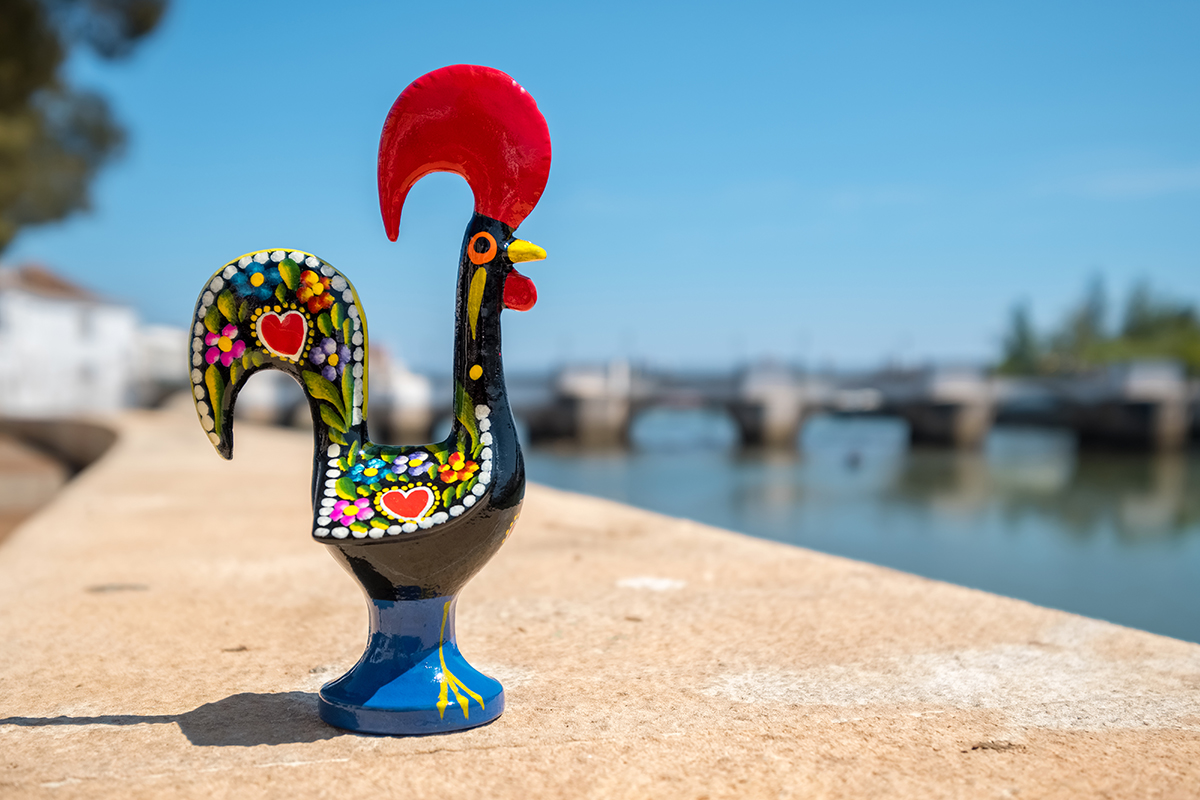
Related: Explore more reasons why Portugal should be on your bucket list!
Portugal’s national bird comes from one of Europe’s most charming legends – a rooster that helped prove an innocent man’s freedom. This colourful symbol is absolutely everywhere in Portuguese culture.
Legendary Status: The story goes that a rooster crowed to prove a man’s innocence, saving him from execution.
Cultural Omnipresence: You’ll find Barcelos Roosters on everything from tiles to tea towels throughout Portugal.
Symbol of Hope: Represents Portugal’s commitment to justice and truth, plus their love of a good story!
Spanish Imperial Eagle – Spain’s Crown Jewel
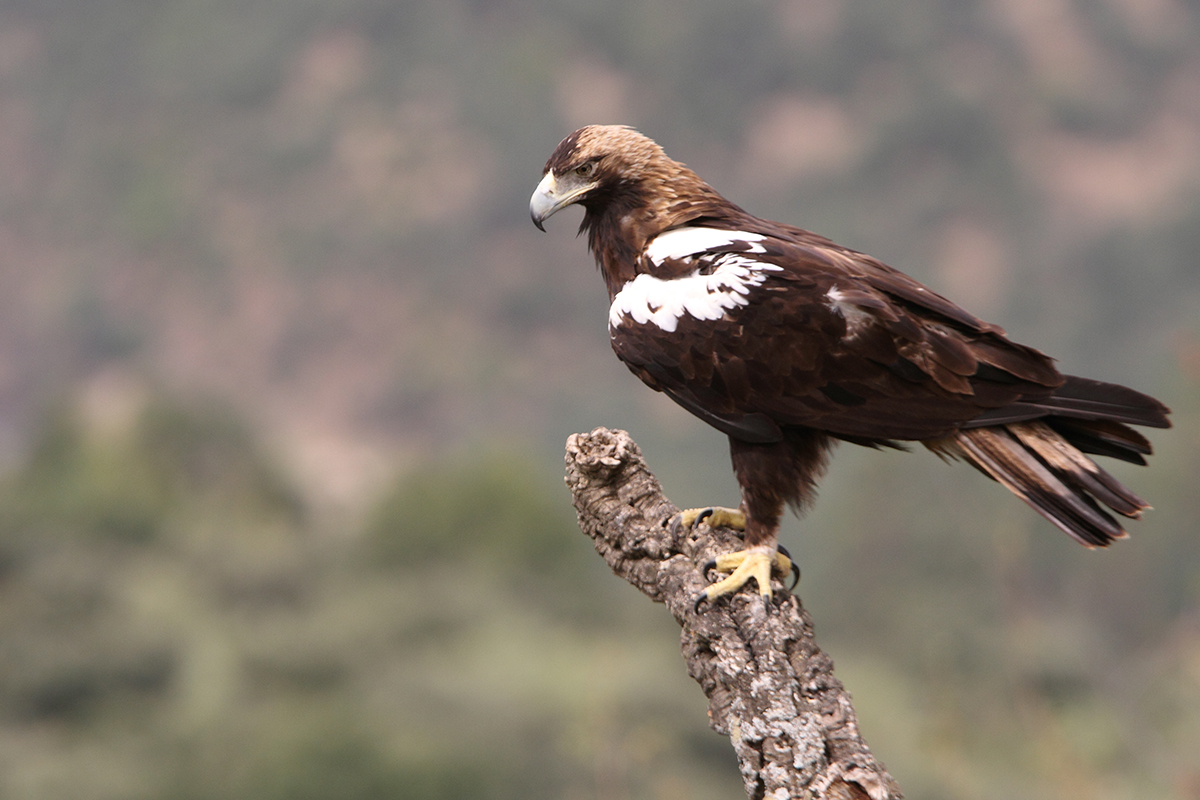
Related: Try the top Spanish tapas and restaurants while you visit!
Spain chose one of the world’s rarest birds of prey – these magnificent eagles are found almost exclusively in Spain and Portugal. It’s a choice that shows incredible national pride in unique natural heritage.
Extremely Rare: World Wildlife Day reminds us of the importance of protecting rare species like Spain’s Imperial Eagle. With only limited breeding pairs worldwide, seeing one is like winning the wildlife lottery.
Conservation Success: Spain has worked hard to protect these eagles, showing national commitment to conservation.
Regal Presence: These birds truly embody the dignity and nobility associated with Spanish culture.
Nordic elegance
Mute Swan – Denmark’s Fairy Tale Star
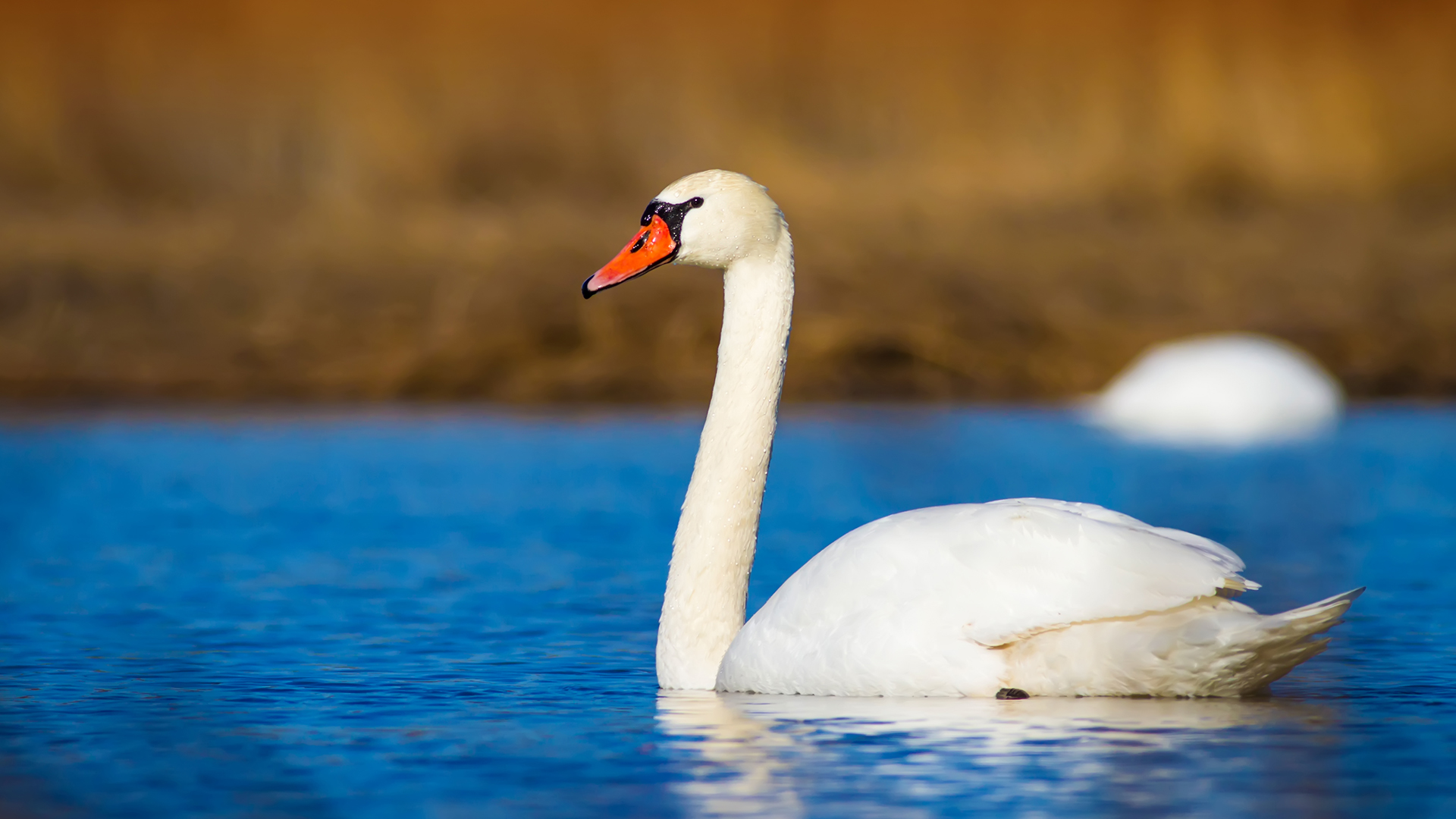
Related: There’s more to Denmark than meets the eye, learn more.
Denmark’s national bird connects perfectly to Hans Christian Andersen’s “The Ugly Duckling” – these elegant birds embody Danish appreciation for beauty, transformation, and the magic hidden in everyday life.
Literary Connection: Every Danish child knows the story, making these birds living fairy tales.
Graceful Giants: Despite their size, they move with the elegant simplicity that defines Danish design.
Cultural Significance: Represents the Danish belief that beauty and transformation are always possible.
Whooper Swan – Finland’s Wilderness Voice
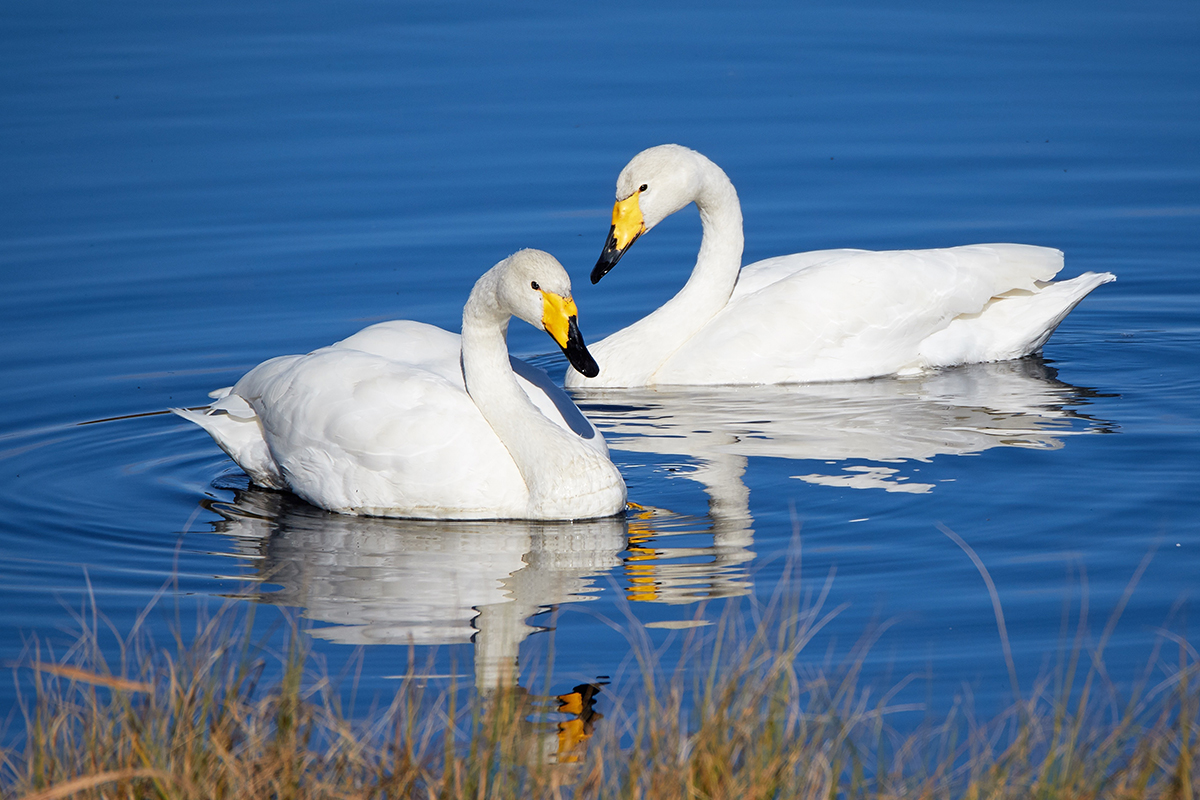
Finland‘s national bird has one of the most haunting calls in nature – their cries echoing across Finnish lakes create an almost spiritual experience. These massive birds embody Finland’s deep connection to wilderness.
Spine-Tingling Calls: Once you hear a Whooper Swan’s call, you’ll never forget it.
Migration Spectacle: Witnessing their spring or autumn migration is considered one of Finland’s greatest natural experiences.
National Soul: Represents Finland’s quiet strength and profound connection to nature.
White-throated Dipper – Norway’s Aquatic Acrobat
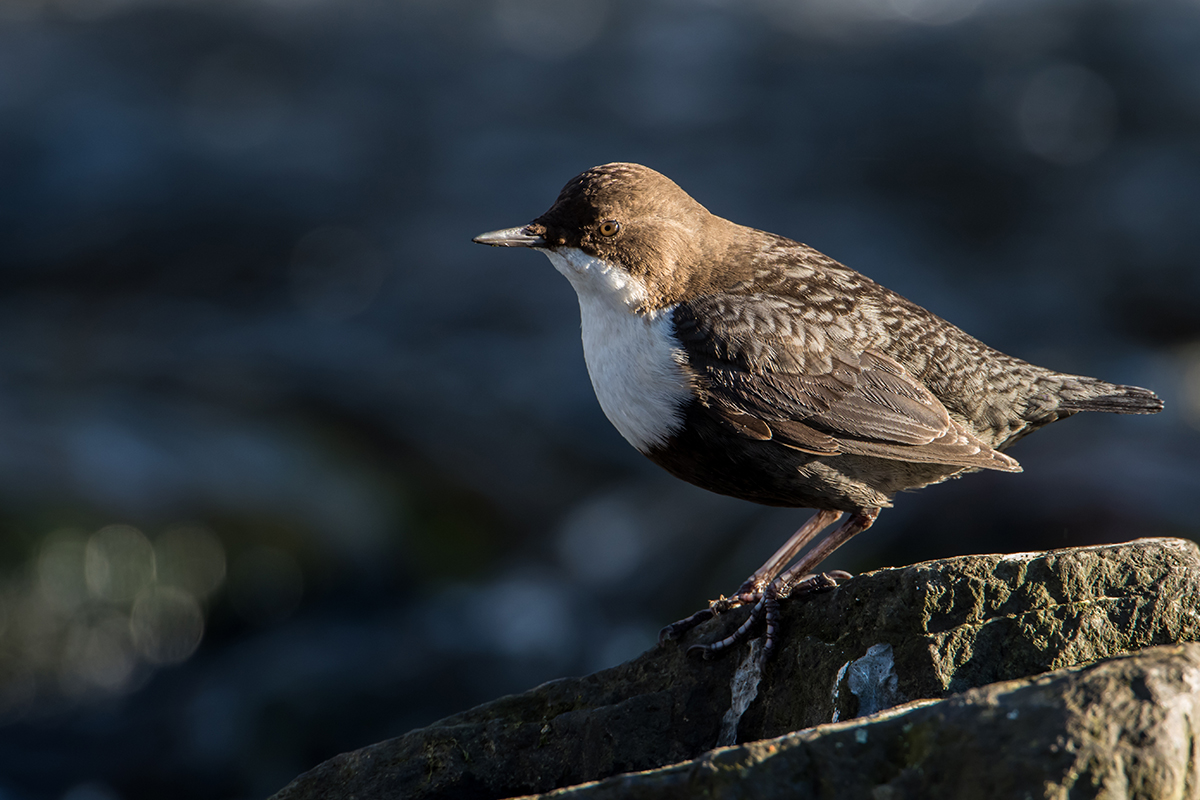
Related: Thinking about visitng Norway in winter? Here’s everything you need to know.
Norway‘s national bird is absolutely incredible! It’s the only songbird that can dive underwater and walk along riverbeds. This remarkable adaptation represents everything Norwegian about thriving in impossible conditions.
Impossible Ability: Watching a songbird dive underwater and walk along a riverbed is genuinely mind-blowing.
Symbolic Perfection: Represents Norway’s ability to thrive in conditions that would defeat most others.
Natural Marvel: Their abilities seem almost supernatural, reflecting Norwegian innovation and resilience.
Eurasian Blackbird – Sweden’s Musical Genius
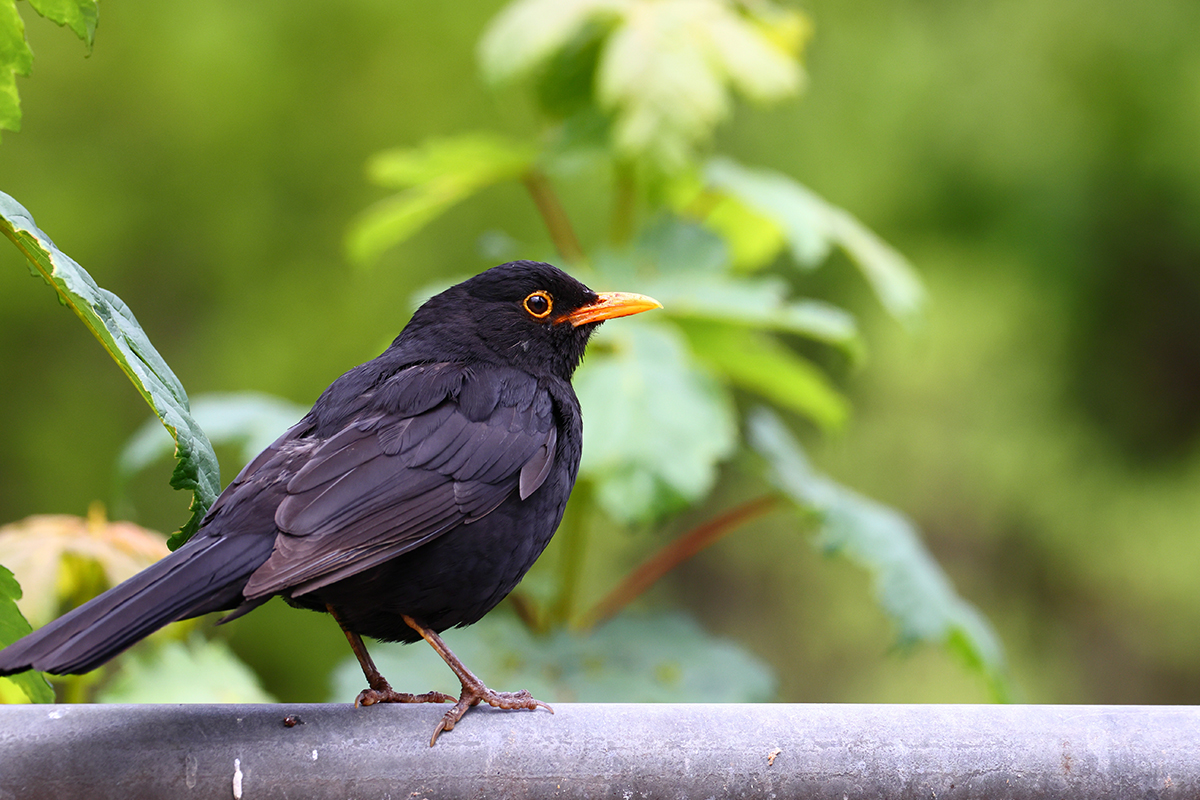
Related: Discover the top reasons to visit Sweden (that don’t include birds).
Sweden‘s national bird is beloved for its absolutely beautiful song, which has inspired Swedish music and culture for centuries. The Swedish name “Koltrast” literally means “coal thrush,” referring to their dark plumage.
Musical Heritage: Their dawn chorus is literally the soundtrack of Swedish mornings.
Cultural Integration: Deeply embedded in Swedish literature, folklore, and daily life.
Daily Magic: They turn every Swedish morning into a concert, reflecting Sweden’s love of music and harmony.
Asian treasures (perfect World Wildlife Day discoveries)
Indian Peacock – India’s Living Jewel
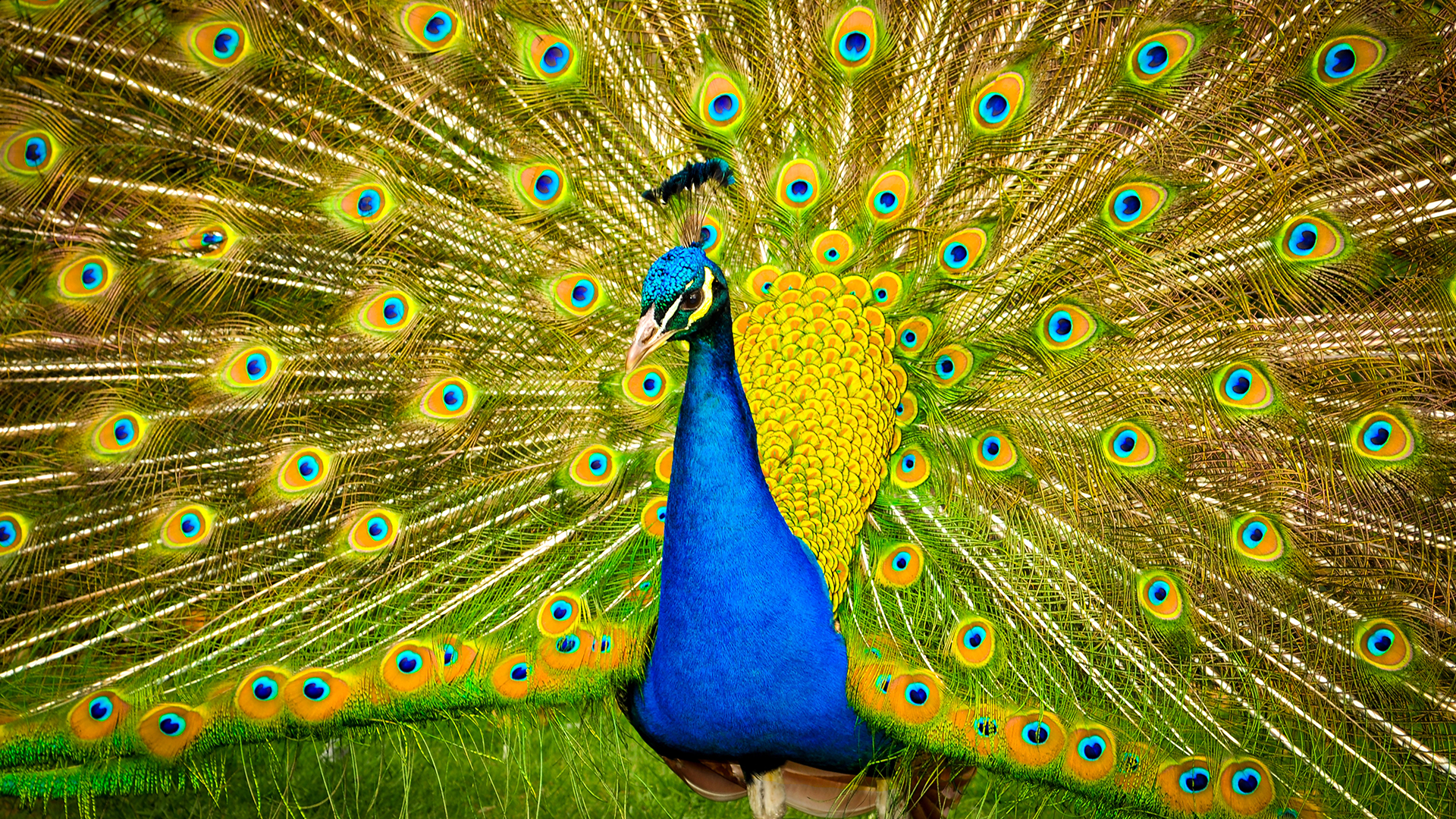
India’s national bird is absolutely magnificent – these stunning creatures with their iridescent tail feathers are like living works of art. They’re considered sacred and represent everything Indians value about beauty and spiritual significance.
Sacred Status: Associated with Hindu deities and considered blessed birds.
Natural Spectacle: Male peacocks’ mating displays are among nature’s most incredible shows.
Cultural Depth: Represents India’s love of colour, beauty, and artistic expression.
Green Pheasant – Japan’s Exclusive Beauty
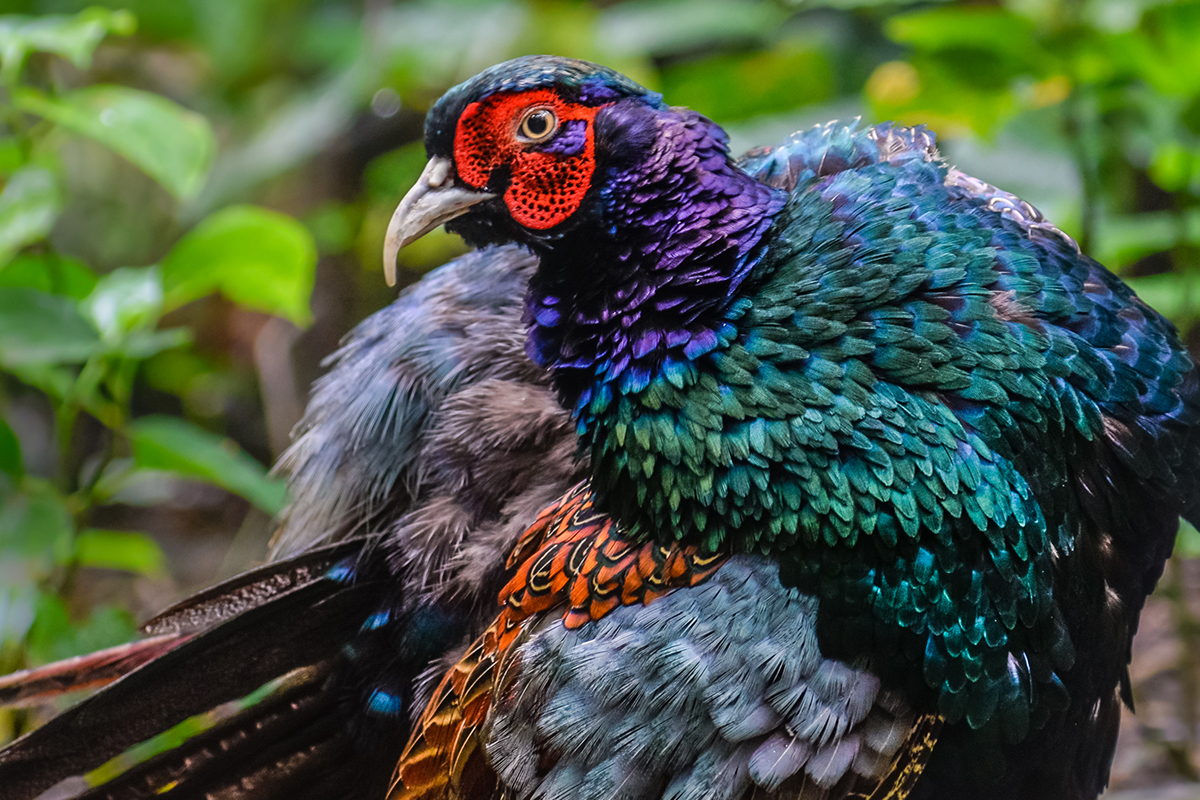
Related: Discover what to see when in Japan!
Japan‘s national bird exists nowhere else on Earth, making it perfectly suited to represent Japanese uniqueness. These gorgeous birds with their iridescent green plumage embody Japanese aesthetic principles.
Exclusive Club: Being found only in Japan makes every sighting truly special.
Aesthetic Principles: Represents Japan’s appreciation for subtle beauty and harmony with nature.
National Identity: Embodies Japan’s unique position and cultural distinctiveness.
Pacific wonders
Emu – Australia’s Outback Marathon Runner
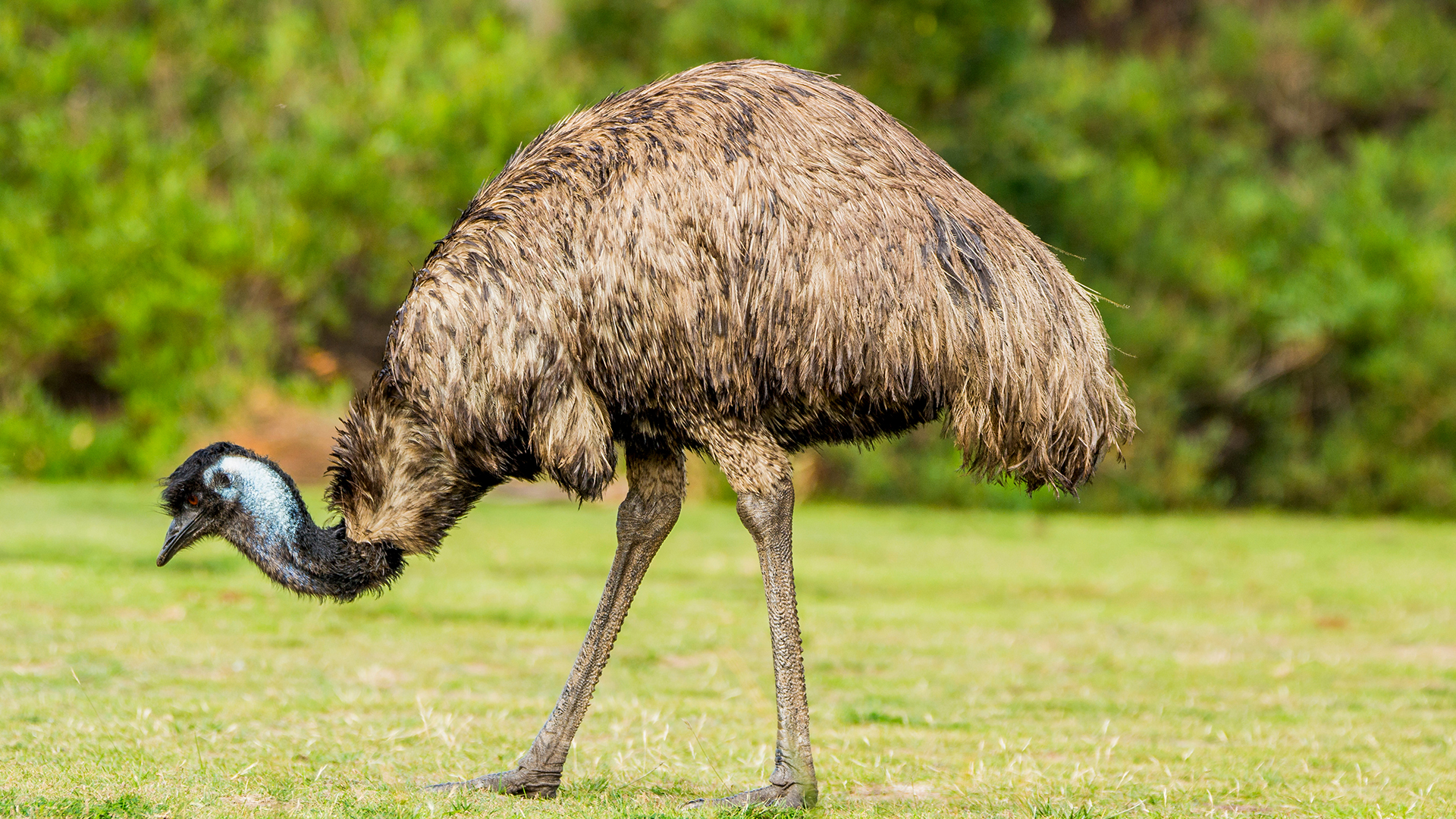
Australia’s national bird is brilliantly unique, these massive, flightless birds can run 30 mph and swim across rivers! They’re like living dinosaurs that perfectly represent Australia’s unique wildlife.
Surprising Athletes: Despite being flightless, they’re incredible runners and swimmers.
Curious Characters: They’re known for being incredibly inquisitive and might approach you during outback encounters.
Survival Specialists: Embody the Australian spirit of resilience and adaptation to harsh conditions.
Kiwi – New Zealand’s Beloved Oddball
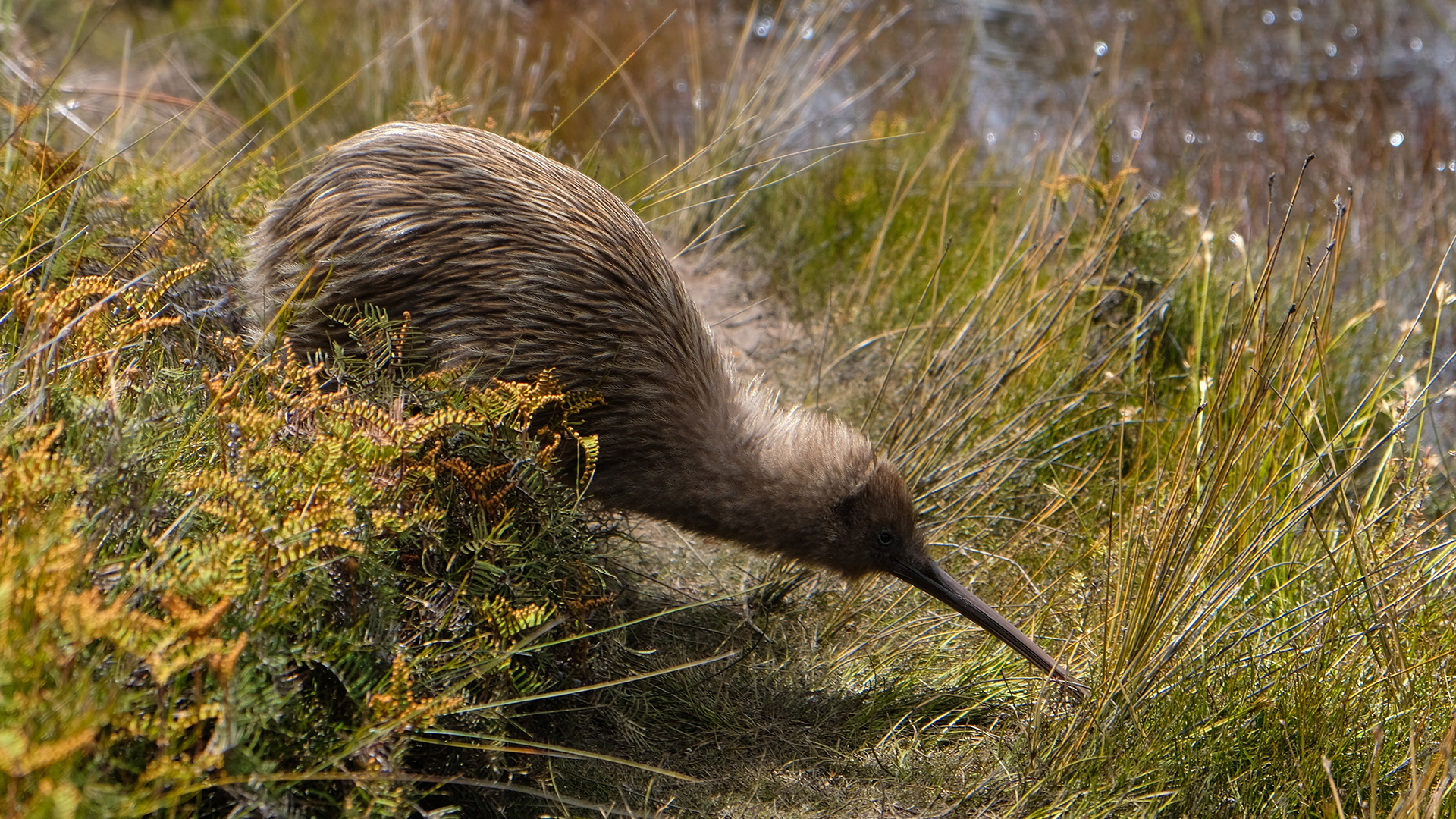
New Zealand’s national bird is so beloved that New Zealanders call themselves “Kiwis.” These flightless, nocturnal birds with no tail are found nowhere else on Earth and represent everything unique about New Zealand.
Ultimate Compliment: When citizens name themselves after your national bird, you know it’s special.
Conservation Success: World Wildlife Day celebrates unique species like New Zealand’s Kiwi. Represents New Zealand’s world-leading conservation efforts.
Unique Everything: Flightless, nocturnal, fuzzy, and completely distinctive.
North & South American icons
Bald Eagle – USA’s Freedom Fighter
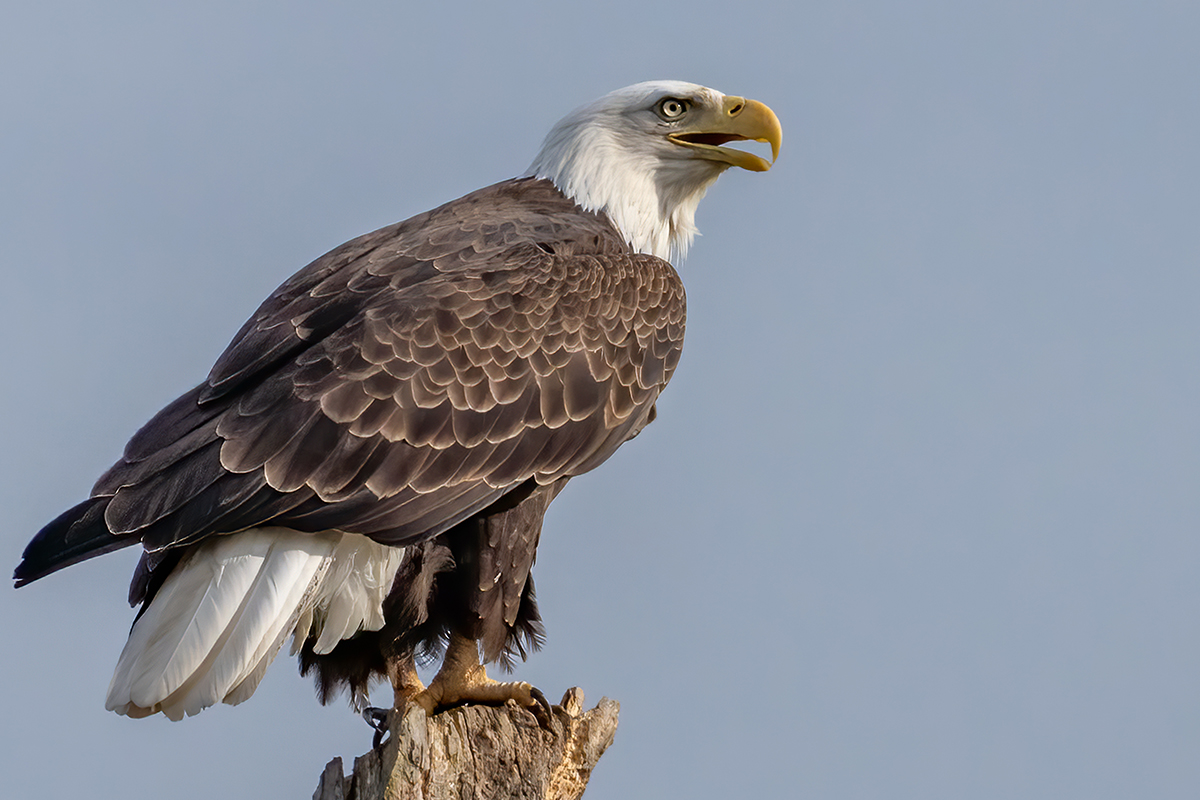
Related: Check out your insider guide to the best national parks in the USA!
The USA‘s national bird embodies everything Americans value about freedom and strength. With their distinctive white heads and powerful presence, Bald Eagles represent one of conservation’s greatest comeback stories.
Conservation Triumph: The Bald Eagle’s recovery story makes it a perfect World Wildlife Day conservation success symbol. Recovered from near extinction through protection efforts – a genuine success story.
Cultural Impact: Appears on currency, seals, and countless American symbols.
Symbolic Power: Represents American ideals of freedom, strength, and resilience.
Canada Jay – Canada’s Friendly Neighbour (awaiting official recognition)
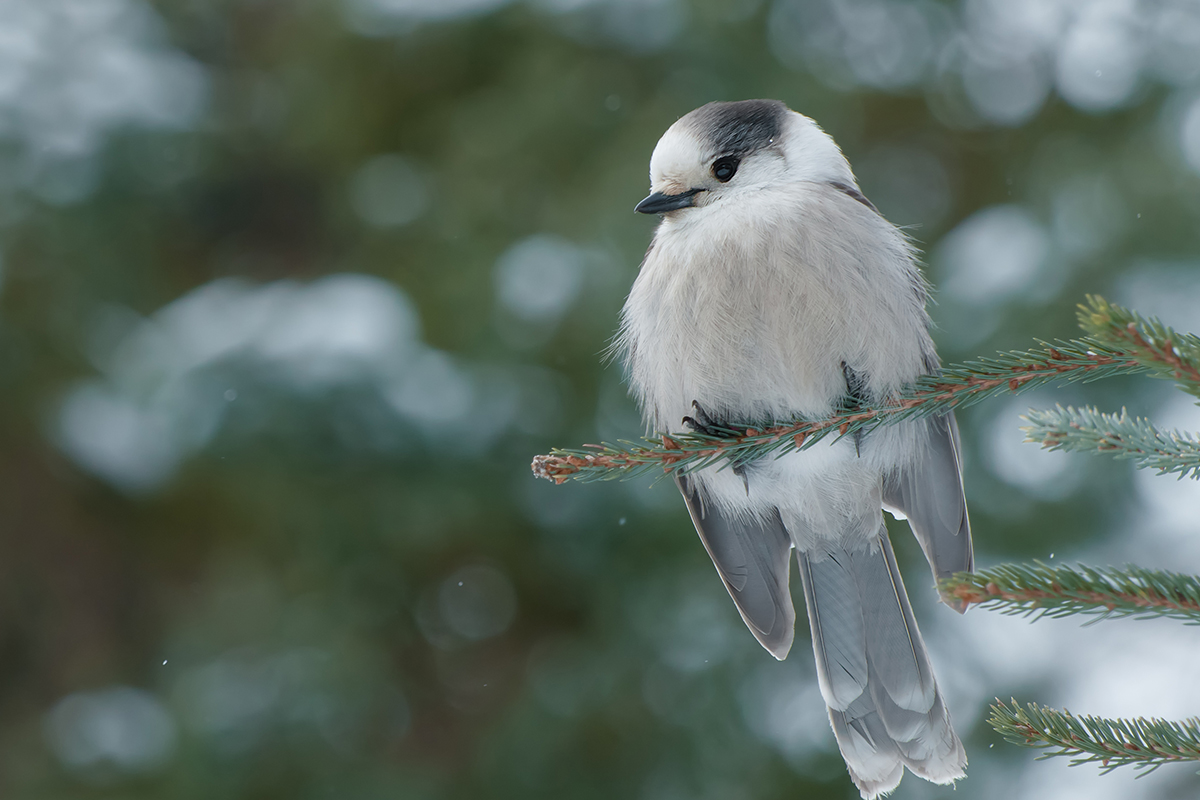
Related: Canada Day traditions to celebrate like a local, find out more.
Canada‘s unofficial national bird, affectionately called “Whiskey Jack,” represents everything lovely about Canadian character – friendly, resilient, and perfectly adapted to challenging conditions.
Endearing Nickname: “Whiskey Jack” reflects Canadian warmth and sense of humour.
Wilderness Masters: Found throughout Canada’s vast forests and mountains.
National Character: Represents Canadian friendliness and ability to thrive in harsh climates.
Rufous-bellied Thrush – Brazil’s Songbird of Hope
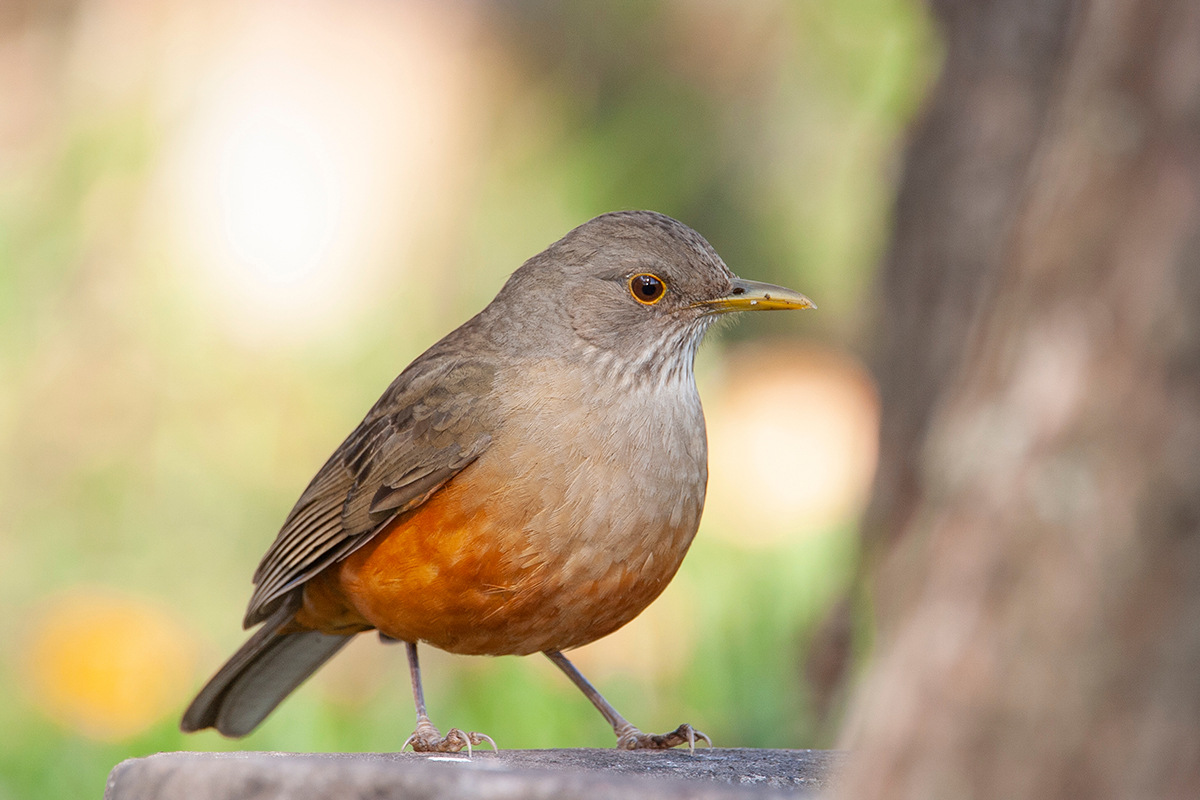
Brazil‘s national bird is a small songbird that represents hope and renewal in Brazilian culture. Their beautiful songs are considered the soundtrack of Brazilian life.
Cultural Soundtrack: Their songs are part of Brazilian cultural identity.
Symbol of Hope: Represents optimism, renewal, and the Brazilian spirit.
Daily Presence: Their music is part of everyday Brazilian life.
African elegance
Blue Crane – South Africa’s Graceful Ambassador
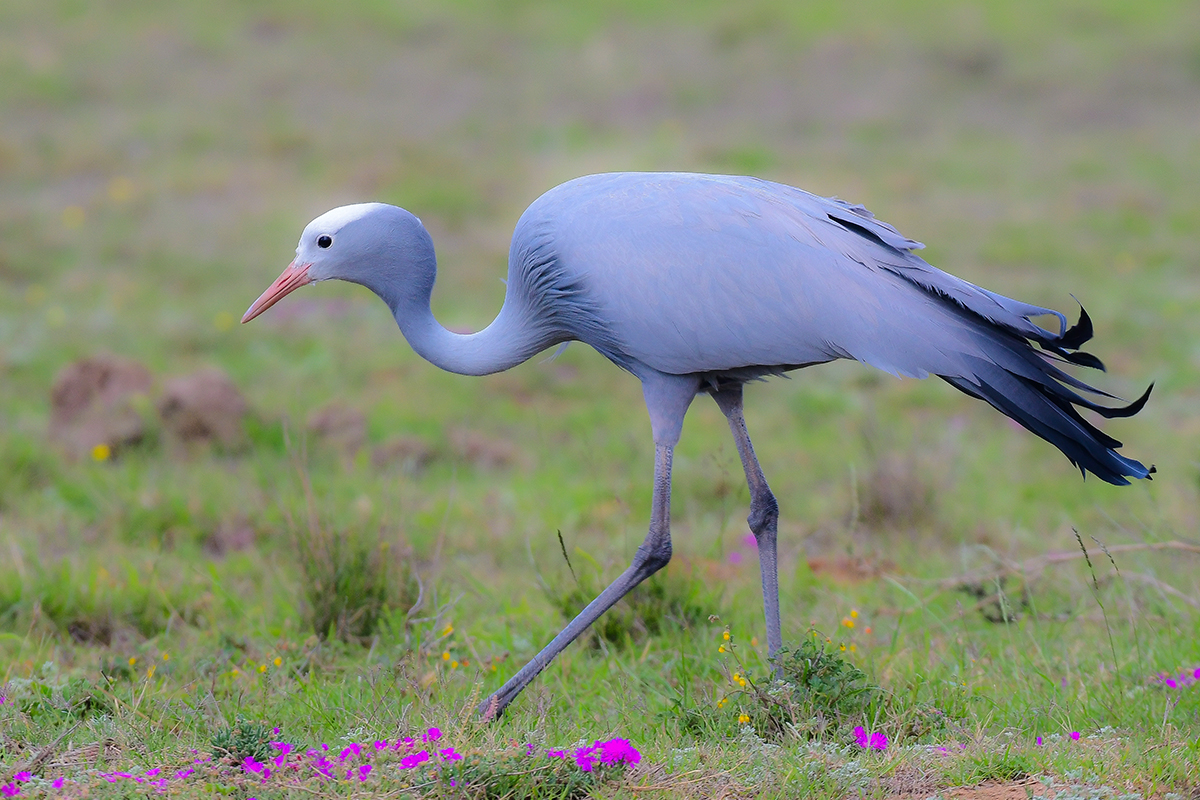
Related: Learn more interesting facts about South Africa!
South Africa‘s national bird, found only in the country, represents elegance and grace. These magnificent birds with their blue-grey plumage and long legs embody South Africa’s unique natural heritage.
Exclusive Residents: Found only in South Africa, making them truly special.
Graceful Presence: Move through landscapes like elegant dancers.
Conservation Importance: South Africa’s Blue Crane represents the conservation spirit World Wildlife Day promotes and symbolises South Africa’s commitment to protecting unique species.
Your cultural adventure awaits
Understanding national birds transforms travel from mere sightseeing into genuine cultural discovery. These living symbols offer insights into national character, cultural values, and historical identity that you simply can’t get from guidebooks.
From England’s fearless robins to Lithuania’s blessing-bringing storks, from Japan’s exclusive pheasants to South Africa’s graceful cranes, these remarkable birds add layers of meaning to every destination. Whether they’re officially designated or cherished cultural icons, each tells a story about the people who call that land home.
The next time you travel, look up. Listen. Watch for these feathered ambassadors and discover the cultural treasures they reveal about the places they’ve chosen to represent.
Expat Explore offers guided group tours to most of the incredible travel destinations on our list! Book a tour, and get ready to flock to the world’s must-see attractions.